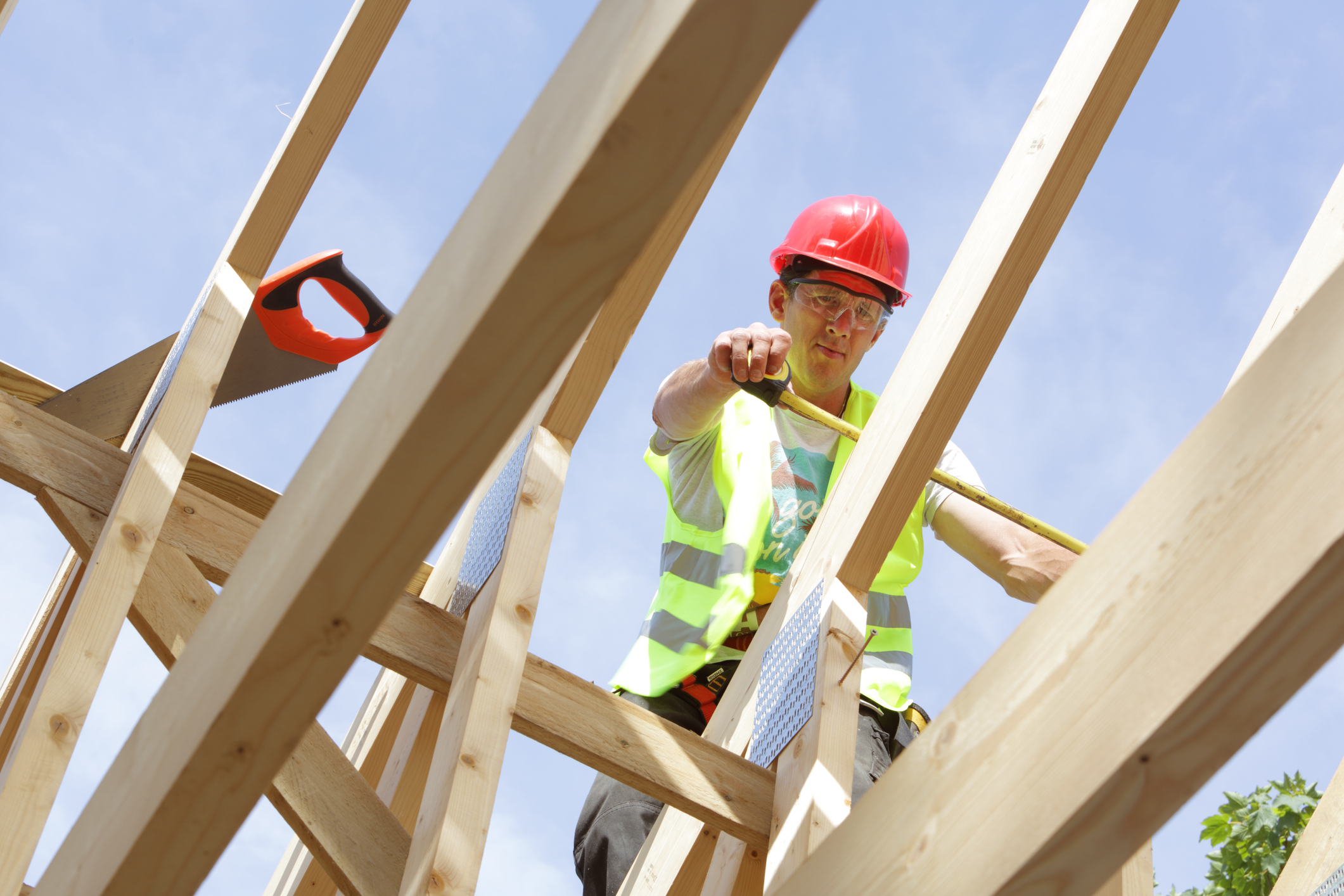Labour win: should you invest in UK housebuilders?
The new Labour government has promised to “get Britain building”. What does it mean for UK housebuilders and should you invest?


Rachel Reeves delivered her first speech as chancellor today, after Labour secured a landslide victory in last week’s general election.
The new government will build 1.5 million new homes over the next parliament, she said, reiterating the party’s manifesto promise. This will be achieved by reintroducing mandatory housing targets and “grasp[ing] the nettle of planning reform”.
Jonathan Stinton, head of mortgage relations at Coventry Building Society, points out that we have seen similar targets “set and missed before”.
MoneyWeek
Subscribe to MoneyWeek today and get your first six magazine issues absolutely FREE

Sign up to Money Morning
Don't miss the latest investment and personal finances news, market analysis, plus money-saving tips with our free twice-daily newsletter
Don't miss the latest investment and personal finances news, market analysis, plus money-saving tips with our free twice-daily newsletter
Nevertheless, shares in major UK housebuilders like Barratt Developments, Vistry, Persimmon and Taylor Wimpey have all risen since the election outcome, suggesting a positive reaction to Labour’s win.
This comes after a challenging few years for the sector, which has had to grapple with the effects of inflation and higher interest rates.
Construction and borrowing costs have both risen since 2021, making it more expensive to build new homes. A tough housing market has also made it difficult to shift homes once they have been completed.
Despite this, some experts suggest the sector could be on the brink of a turnaround, if the winds of political change join forces with a shift in economic policy.
We look at what falling interest rates could mean for the sector’s fortunes. How long will a turnaround take, and should you invest in UK housebuilders?
When will interest rates fall – and what are the implications for housebuilders?
The Bank of England has been holding interest rates at a 16-year high of 5.25% for almost a year. However, many economists think a first cut could be in store when the Monetary Policy Committee next meets on 1 August.
Reuters recently polled a group of economists, and 63 out of 65 said they thought August was the most likely month for a first rate cut. Only two disagreed, opting instead for September. On top of this, “most of them expect at least one more reduction this year,” the news agency added.
Over the long term, this could be good news for the UK housebuilding sector, which is sensitive to changes in the interest rate environment. Indeed, interest rates have a knock-on effect on the mortgage market – and mortgage rates have skyrocketed in recent years.
The average two-year fixed-rate mortgage now costs 5.93%, while the average five-year is slightly lower at 5.51%. For comparison, the same rates sat at 2.44% and 2.74% respectively in December 2019, according to data from Moneyfacts.
This has had a big impact on the housing market. Higher mortgage rates have made buying a house unaffordable for many, while others have been waiting for rates to drop before climbing the next rung of the ladder.
As a result, house prices fell in late 2022 and 2023 (particularly in the wake of Liz Truss’s disastrous mini-Budget), and the market has remained slow ever since. All of this has been bad news for housebuilders.
This goes some way to explaining why investors are excited by the prospect of rate cuts later this year. But are brighter days really ahead, and how long will a turnaround take?
Should you invest in UK housebuilders?
Oli Creasey, property research analyst at Quilter Cheviot, acknowledges that rate cuts are on the horizon, but points out that the situation for housebuilders remains complex.
He says: “Demand is low at a time when inflation has taken a permanent bite out of operating margins. We are unlikely to see material cost deflation, and so margins will only be repaired by rising prices. But rising prices on their own will further impact buyer affordability and hence volumes.”
Lower mortgage rates will be key in resolving this “vicious circle”, in Creasey’s view. He adds: “If interest rates come down, buyers will be able to borrow more based on the same income, improving volumes and/or prices. That would flow to housebuilders' bottom lines quite cleanly.”
Despite this, Quilter Cheviot’s analysis reveals that buyer affordability won’t return to pre-2022 levels until mortgage rates fall below 4% – and probably closer to 3%. In other words, while the long-term outlook for housebuilders looks far brighter than it did 12 months ago, there is still a way to go yet.
The Bank of England will almost certainly tread a cautious path ahead, cutting interest rates gradually. The base rate is expected to fall to around 3.5% by the end of 2025.
According to Richard Donnell, executive director of research at Zoopla, this would imply mortgage rates falling to around 4%+.
While this is an improvement on today’s situation, it remains significantly higher than the affordability levels identified by Quilter. This suggests investors will need to be patient for a little while longer.
Get the latest financial news, insights and expert analysis from our award-winning MoneyWeek team, to help you understand what really matters when it comes to your finances.
Katie has a background in investment writing and is interested in everything to do with personal finance, politics, and investing. She previously worked at MoneyWeek and Invesco.
-
 Boost for over 100,000 families on Child Benefit as new HMRC payment system rolled out
Boost for over 100,000 families on Child Benefit as new HMRC payment system rolled outThousands of households will no longer have to pay the dreaded High Income Child Benefit Charge through self-assessment
-
 Are you being haunted by the ghost of Christmas past? How festive cutbacks could boost your long-term wealth
Are you being haunted by the ghost of Christmas past? How festive cutbacks could boost your long-term wealthThe average family spends around £1,000 over the Christmas season. Here’s how much you could have gained if you had invested some of the money instead.
